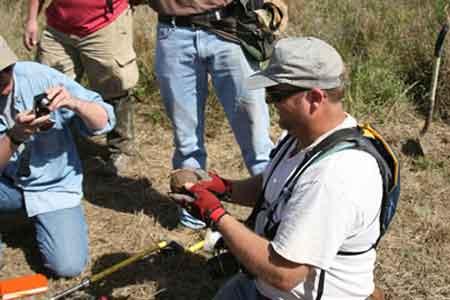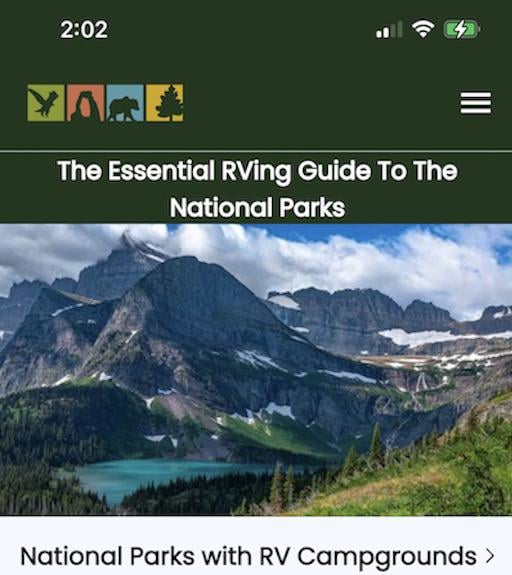Over two dozen people were seen scouring parts of the Palo Alto Battlefield National Historic Park with metal detectors in recent weeks, and then collecting historic artifacts they discovered during their search. What was going on…and where is Palo Alto Battlefield?
Metal detecting can be a fun and sometimes profitable hobby in the right locations, but use of the devices is normally prohibited in parks and other protected sites to help reduce "relic poaching." A recent multi-day "detecting" expedition to Palo Alto Battlefield National Historic Park was strictly on the up and up, and it yielded important information for historians and the park story.
Not all park fans are yet aware of Palo Alto Battlefield, which is located near the southern tip of Texas, about five miles from downtown Brownsville. Here's a quick course in the site's story, courtesy of the park website:
On May 8, 1846, troops of the United States and Mexico clashed on the prairie of Palo Alto. The battle was the first in a two-year long conflict that changed the map of North America. Palo Alto Battlefield National Historical Park preserves the site of this notable battle and provides an understanding of the causes, events, and consequences of the first war between independent Republics.
This is a relatively new addition to the National Park System; it was authorized in 1978 and redesignated a national historical park on March 30, 2009. The site has a small staff and limited visitor activities opportunities at this time, but you can view exhibits and an orientation video and walk a half-mile trail to an overlook of the battlefield. The park website includes a link to a list of special events during the 2009-2010 visitor seasons.
The park staff notes that area is
entering a period of rapid development and change. Park activities and opportunities will increase dramatically during the coming months and years. This is an opportunity to watch a National Park Service unit take shape. The park encourages visitors to stop by the visitor center, ask questions, and participate in the development of this nationally important site.
Part of that development of the park is the gathering of accurate information about the site and the story—and that brings us to the use of those metal detectors.
Between February 20th and March 3rd, National Park Service archeologists from the Southeast Archeological Center (SEAC), NPS VIP archeologists, and 30 volunteers wielding metal detectors joined company to conduct this year’s archeological survey of portions of the core battlefield area at Palo Alto Battlefield National Historical Park.
Volunteer metal detector experts from as far away as Georgia and Florida joined local volunteers with experience in Mexican war sites to systematically cover approximately 100 acres of the battlefield in an effort to define battle lines, troop movements and reconcile the physical evidence with historic accounts.
This was a big project, and the work by all those volunteers made the effort a very cost-effective one.
Over 1,100 volunteer hours were contributed to the project and close to 700 battle-related artifacts were recovered. All items were mapped by GPS and carefully bagged for later stabilization and preservation.
Rolando Garza, archeologist and chief of resources management at Palo Alto, joined with John Cornelison, archeologist from SEAC, to manage the project. Services were enlisted from the archeologist in Intermountain Region’s Santa Fe Office, GIS specialists from the cultural resource GIS program in Washington, and a crew of archeologists from SEAC.
The FY10 field investigation on the battlefield is the first of three field seasons aimed at a comprehensive survey of the core area of the battlefield.
Such projects can have definite benefits for the park staff, historians, and visitors.
The information gained from these investigations will greatly enhance the park’s knowledge of precisely how the battle unfolded, providing the park with the ability to more accurately interpret the battle and preserve the site for the education and enjoyment of future generations.
You'll find additional details to help you plan a visit to Palo Alto Battlefield at this link.




Comments
It is nice to see metal detectorists given a chance to use their skills to help archaeologists. Would have been fun to be a part of that project.